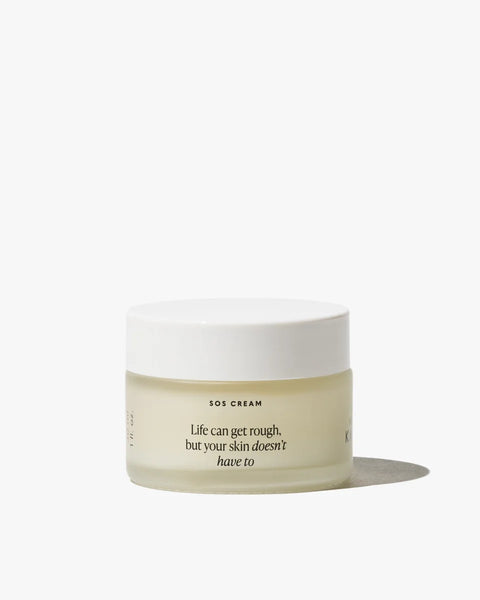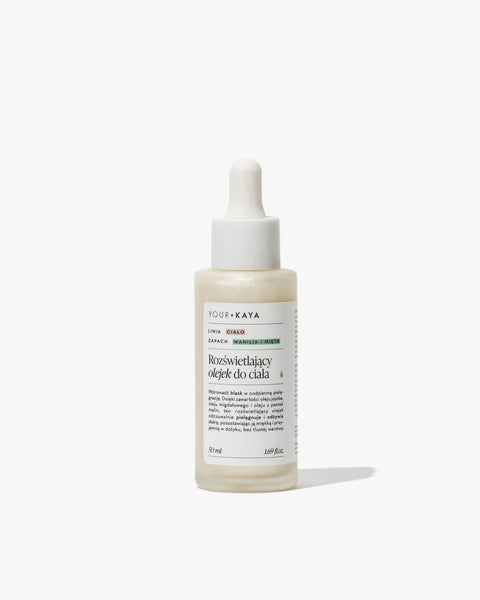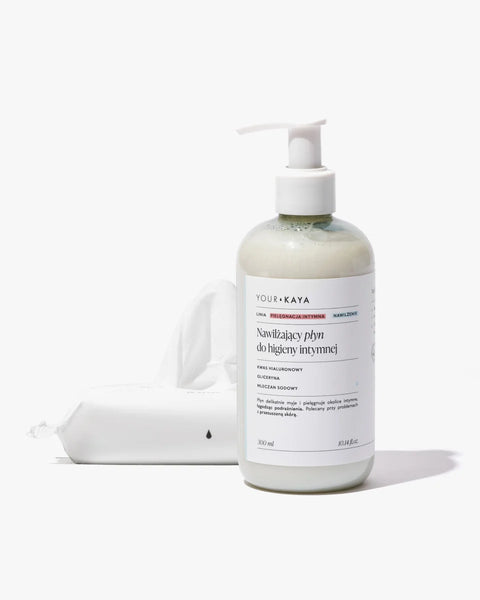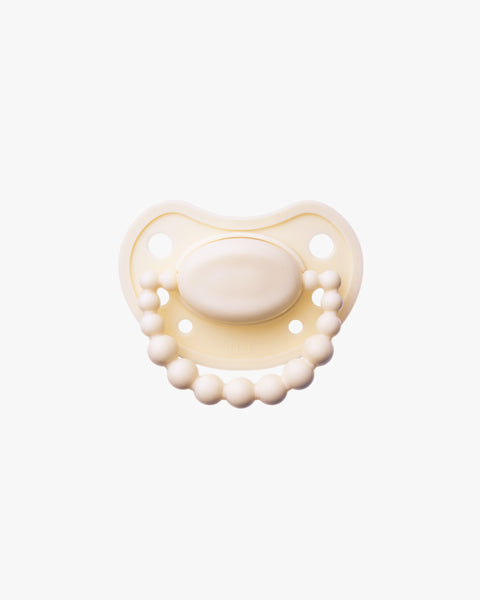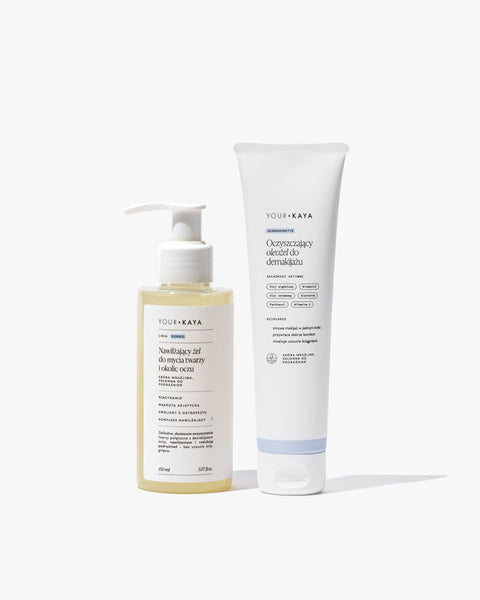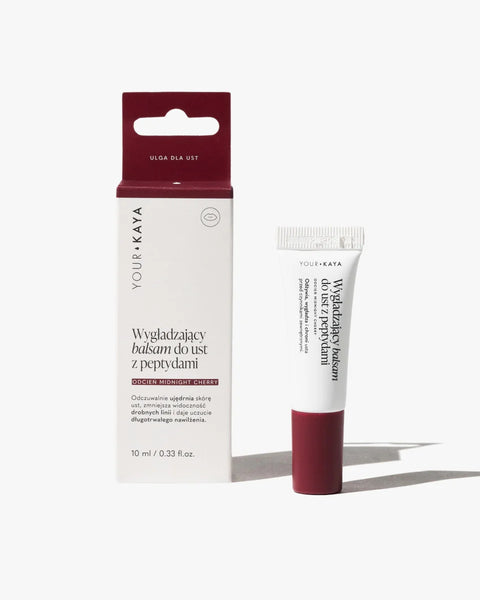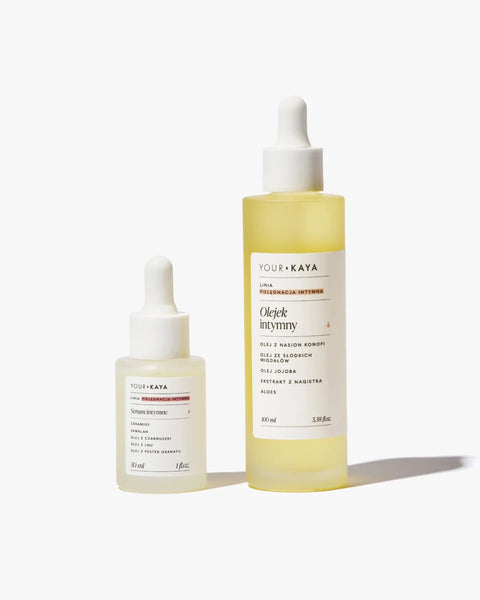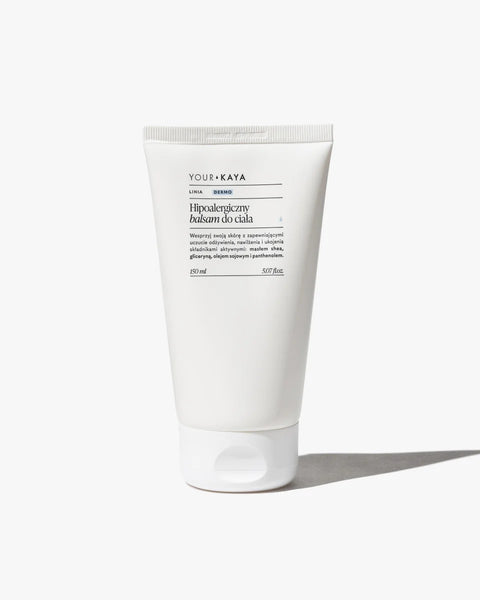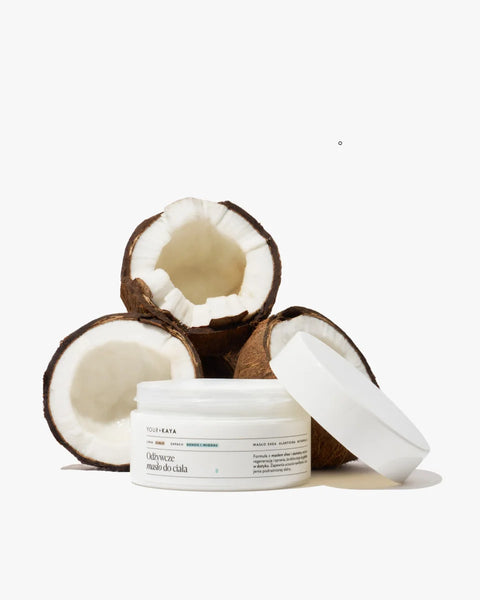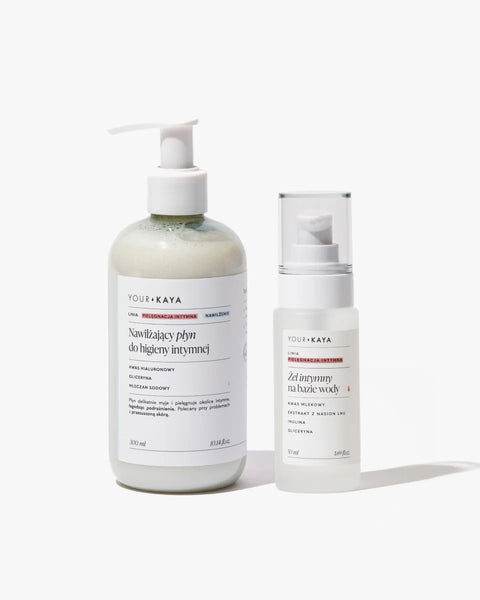How to use – what do the sources say?
To see what the internet has to say about this, I typed in "intimate hygiene fluid how to use," but it suggested that maybe I should go with "INTIMATIVE HYGIENE GEL how to use . " I smiled, because it was only a minor detail. But good point , search engine. You have to start with the basics here.
Why do you need to wash?
The vulva is the first line of defense that protects the genitals from infection. Debris often accumulates in the labia, and increased moisture, sweating, periods , and hormonal changes all contribute to the proliferation of microbes, often resulting in odor and infection of the vulva and vagina .
Facts: the vagina cleans itself , you have to wash everything else. And water alone, although allowed (unless there are contraindications in the form of, for example, infection), is sometimes not enough to feel completely comfortable. Additionally, washing the perineum with water alone can dry out the skin and contribute to itching of the intimate areas, which is why it is recommended to use a gentle agent that will reduce the drying effect of water . This agent can be an intimate hygiene gel or liquid .
Intimate hygiene fluids containing lactic acid with an acidic pH can increase skin homeostasis (i.e. balance) and have a supportive effect during vaginal infections as a complementary therapy (but not as a treatment!).
More information about the pH of intimate hygiene fluids can be found here .
Intimate hygiene fluid or gel?
It doesn't matter which one you choose - it's just about the consistency . Choose it according to your preferences. Some people prefer a gel form, i.e. a product that doesn't flow so quickly. Intimate hygiene fluid is much thinner, more runny. We use a small amount of each of these products and wash it off thoroughly with warm water .
Intimate hygiene fluid – how to use it?
Both the gel and the liquid are applied externally, preferably once a day and with plenty of warm water.
Spread your labia with the fingers of one hand – you can use your index and middle fingers for this. Pour warm water over your perineum, then apply a small amount of a gentle and safe intimate hygiene fluid or gel to your hand. Carefully wash your lips and intimate area (only the outer part of the perineum). Finally, pour warm water over yourself to rinse off the intimate hygiene gel or fluid.
Dry yourself with a towel (remember to change it regularly?). Be gentle – don’t rub your skin, just touch it with the towel to avoid irritation.
Nothing complicated, right? In addition to the above method of using intimate hygiene fluid, it is worth knowing three basic rules:
- Do not use sponges or washcloths – to wash your intimate areas, just your hand will be enough.
- Do not apply the liquid into the vagina!
- Do not introduce a stream of water into the vagina. Douching can dry out the vaginal mucosa and wash out valuable lactobacilli.
In many cases, proper intimate hygiene can help prevent or alleviate troublesome symptoms and has an impact on the overall well-being associated with a sense of comfort. It is worth knowing how to use an intimate hygiene fluid correctly so as not to rinse your health.
- Y. Cheng, E. Bruning, J. Rubino, SE Eder, Role of female intimate hygiene in vulvovaginal health: Global hygiene practices and product usage , "Womens Health (London)" 2017, vol. 13, i. 3, p. 58-67, https://www.ncbi.nlm.nih.gov/pmc/articles/PMC7789027/ [accessed on 11/05/2022].
- M. Farage, H. Maibach, Lifetime changes in the vulva and vagina , "Archives of Gynecology and Obstetrics" 2005, vol. 273, i. 4, p. 195-202.
- MA Hilber, TH Hull, E. Preston-Whyte et al., A cross-cultural study of vaginal practices and sexuality: implications for sexual health , "Social Science & Medicine" 2010, vol. 70, i. 3, p. 392-400, https://pubmed.ncbi.nlm.nih.gov/19906477/ [accessed on 11/05/2022].
- J. Ravel, P. Gajer, Z. Abdo et al., Vaginal microbiome of reproductive-age women , "Proceedings of the National Academy of Sciences of the United States of America" 2011, vol. 108, suppl. 1, p. 4680-4687, https://pubmed.ncbi.nlm.nih.gov/20534435/ [accessed on 11/05/2022].
Created at: 15/08/2022
Updated at: 15/08/2022



























